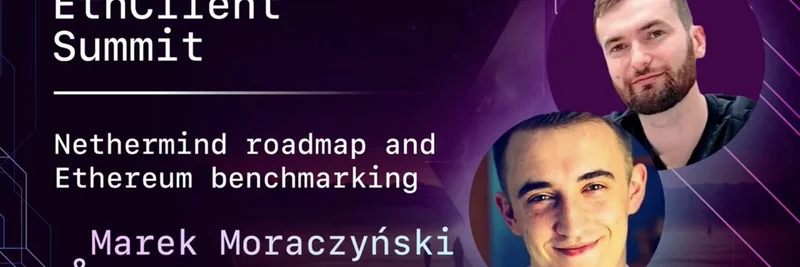In the fast-paced world of blockchain and meme token development, where innovation happens at lightning speed, tools like AI are becoming indispensable. But as Edgar Pavlovsky, a prominent figure in the blockchain space with ties to projects like Dark Research AI and Paladin on Solana, recently pointed out in his tweet, AI's effectiveness in coding boils down to one key factor: the human behind it.
Pavlovsky shares a fascinating observation from his experiences: "the code tends to be as clean or as messy as my own understanding of what needs to be built & the technical architecture underneath." If you've got a crystal-clear picture in your mind—think of it like having a detailed blueprint for a new Solana-based meme token launcher—the AI can whip up functional code in no time. But if your ideas are fuzzy, like trying to architect a complex DeFi protocol without a solid plan, you'll end up with what developers lovingly call "spaghetti code"—a tangled mess that's hard to maintain or scale.
This analogy hits home for anyone in the crypto world. Humans act as the architects, designing the high-level structure, while AI serves as the junior engineer, executing the build. It's a reminder that AI isn't a magic wand; it's a tool that amplifies your own expertise. For blockchain practitioners diving into meme tokens, this means honing your understanding of tokenomics, smart contract security, and community-driven mechanics before letting AI handle the heavy lifting.
Why Clear Vision Matters in AI Coding
Imagine you're building a meme token ecosystem. You need to integrate features like automated liquidity pools or viral marketing bots. If you can visualize the entire flow—from user onboarding to token distribution—AI models like those from OpenAI or Grok can generate clean, efficient code snippets. This speeds up development cycles, letting you launch faster in the competitive meme coin market.
On the flip side, a hazy architecture often leads to suboptimal results. Spaghetti code isn't just ugly; in blockchain, it can introduce vulnerabilities that hackers exploit, leading to rugs or exploits. Pavlovsky's insight encourages developers to invest time in planning—sketching out diagrams, pseudocode, or even consulting with communities on platforms like Discord or X before coding.
Implications for Meme Token Creators
For those in the meme token space, where hype can make or break a project, leveraging AI smartly could be a game-changer. Tools like AI code assistants help prototype ideas quickly, but as Pavlovsky notes, the output quality mirrors your input clarity. This is crucial when dealing with Solana's high-throughput environment or Ethereum's gas optimizations—poor architecture amplified by AI could lead to inefficient contracts that burn through fees or fail under load.
Blockchain devs should treat AI as a collaborator, not a replacement. Start with solid fundamentals: learn about consensus mechanisms, token standards like ERC-20 or SPL, and best practices for secure coding. Resources like the Solana documentation or Ethereum developer guides can sharpen your architectural skills, making AI a powerful ally.
Community Reactions and Broader Thoughts
The tweet sparked some engaging replies, highlighting community sentiments. One user pondered if this means humans won't be replaced by AI anytime soon, while another praised the analogy for emphasizing human input's role in quality output. It underscores a broader trend: in tech hubs like MTN DAO, where Pavlovsky is involved, the focus is on human-led innovation augmented by AI.
As meme token projects evolve, embracing this human-AI synergy could lead to more robust, creative launches. Whether you're coding a fun dog-themed coin or a utility-driven token, remember: clarity in thought breeds clarity in code.
If you're experimenting with AI in your blockchain projects, share your experiences in the comments below. How has your understanding influenced AI-generated code? Let's build a knowledge base together here at Meme Insider.


